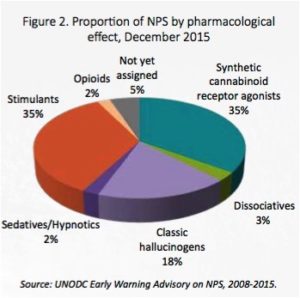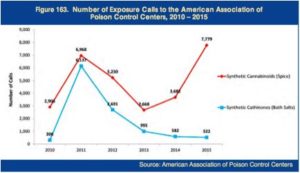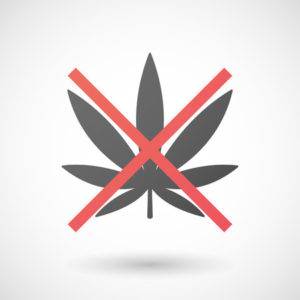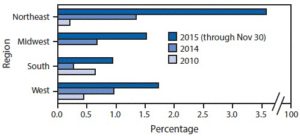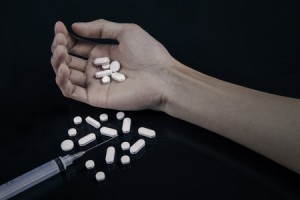A Spectacularly Bad Idea
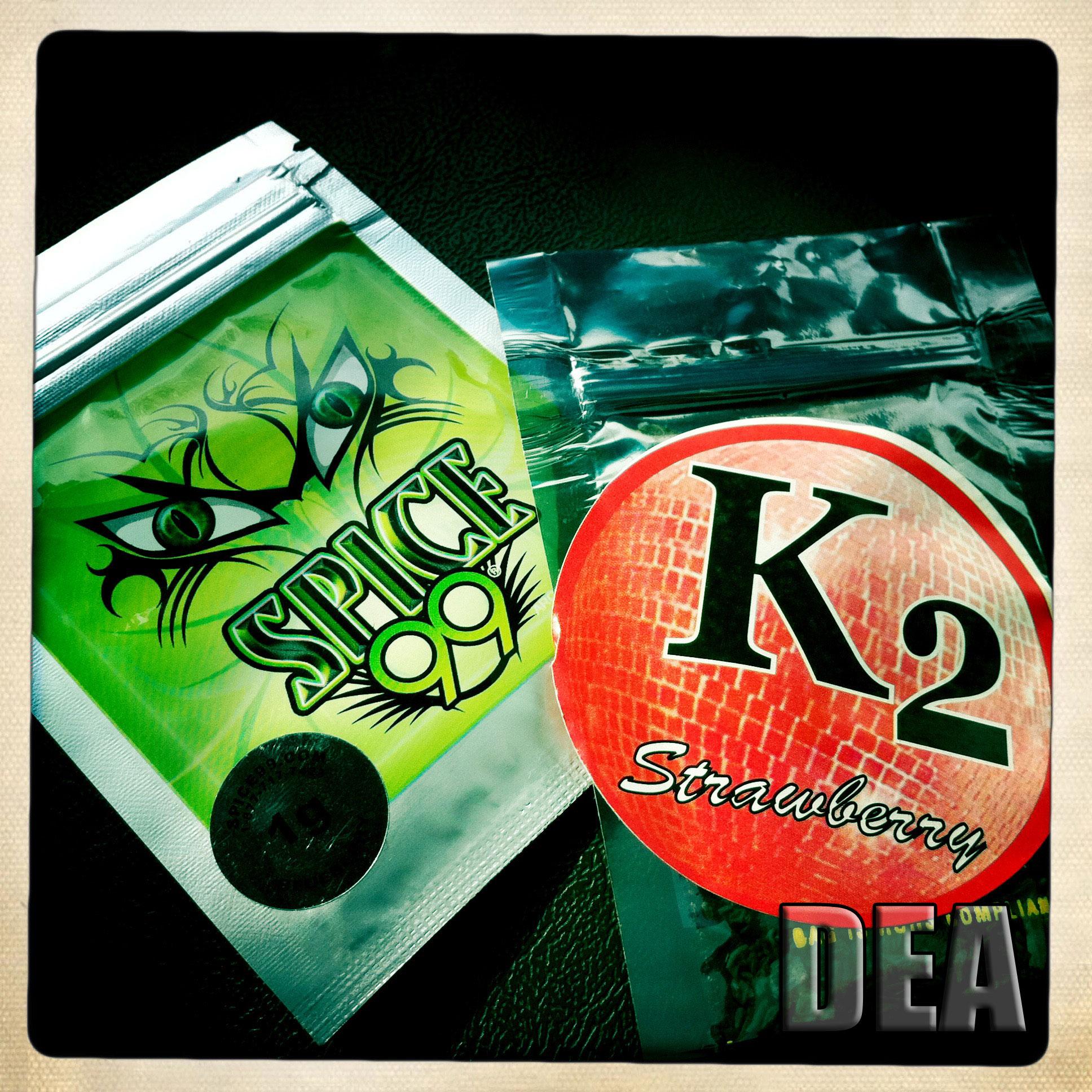
Fox News and The Washington Post reported that over the course of 24 hours in New Haven Connecticut on August 15, 2018, more than 70 people overdosed on synthetic marijuana. Most of the overdoses happened on the New Haven Green, a historic park bordering the Yale University campus. By late morning on Friday August 17th, the Hartford Courant reported the overdose figure had increased to 114. Some individuals were taken to the hospital four or five times for overdose treatment. After the number of overdoses reached thirty, the New Haven police chief told a local TV station to warn residents to not come down to the Green to purchase K2. Although his announcement makes good common sense, I wonder if a few individuals went down to the Green to see if they could get some K2 after hearing the warning to stay away.
The New Haven Fire Chief said even while they were trying help people, others nearby would pass out or fall to the ground. The situation was unlike anything the emergency workers had faced before. “This is the highest number of victims in the shortest amount of time.” The Washington Post reported that at one point, a shout interrupted a news conference with the fire chief to alert authorities of another overdose. Reporters were tweeting from the Green about the number of people falling “down of the green.” An EMT lieutenant said:
This was a particularly odd, rare occasion where (there was) call after call for man down, obviously with symptoms of some kind of overdose, and at the time of getting that patient packaged and transported to the hospital, we’d see another immediately fall down, right there. . . . At that point, we’d go help that patient, and while helping that patient, another person went down.
Most people were treated at local hospitals, but a few individuals refused to be transported. Fortunately, no deaths had been reported by late Wednesday. As people left the park Wednesday night, things quieted down. A police officer said most of the people who overdosed were lower-income or homeless (K2 is cheap). Officials speculated someone might have been passing around free samples. “One of our fears is that this isn’t over.”
By Thursday night, police had arrested three suspected dealers. The police chief said it appeared at least one individual was passing out free samples in an attempt to stir demand and build a clientele. Early reports said the K2 was mixed with fentanyl, but emergency medical personnel said some patients treated at the Green did not initially respond to naloxone, and had to be given a higher dose of the drug at the hospital. The police chief said Friday that samples they collected and tested contained Fubinaca, a novel synthetic cannabinoid. By midday Friday the 17th, new reports of overdoses had come to a halt.
AB-Fubinaca was originally synthesized by Pfizer in 2009 as an analgesic, but then never developed for human use. In 2012, it was found to be an ingredient in synthetic marijuana being sold and consumed in Japan. The U.S. designated Fubinaca as a Schedule I controlled substance in January of 2014. It has a similarly illegal status in the U.K. and Germany.
The physical effects from Fubinaca include sedation, loss of motor control, vertigo and a sense of falling, dehydration, dry mouth and nausea. Users can experience anxiety, paranoia, psychosis, auditory hallucinations or distortions. Negative cognitive effects can include unconstrained wandering thoughts (thought connectivity problems), thought deceleration, and difficulty processing information logically (analysis suppression). There have been previous reports of multiple hospitalizations and deaths due to its use.
The New England Medical Journal published an article on a “zombie” outbreak caused by Fubinaca in Brooklyn on July 12, 2016. First responders reported bystanders described multiple persons at the scene as zombielike. Media reports said 33 persons were exposed to Fubinaca, 18 of whom were transported to two local medical centers. Pharmacologic studies indicate Fubinaca is 85 times as potent as THC and 50 times as potent as JWH-018, another synthetic cannabinoid found in earlier outbreaks of K2 products. “The potency of the synthetic cannabinoid identified in these analyses is consistent with strong depressant effects that account for the ‘zombielike’ behavior reported in this mass intoxication.”
The Harford Curant reported the Fubinaca-laced K2 was very short acting. People who used it went down fast, “almost right in their tracks.” Drug users who are regulars at the Green described what happens as “falling out.” Many of them had to be resuscitated, but the effects did not last long, and so they were quickly discharged from the hospital. “Which meant they were able to return to the green and seek another high.”
The Guardian reported the director of homeless care at a local health center, Phil Costello, often works in the Green from a temporary office in a tent. He said: “That batch that came in yesterday, with all the people falling out, has just made this basically a mass casualty incident.” Costello is a nurse, but is known as “Dr. Phil” by the hundreds of homeless who frequent the Green. “Everybody knows each other and they try to take care of each other the best they can.” He said on a normal day, perhaps one or two people would need emergency medical care because of drug use.
This is not just a New York and New Haven problem. In July of 2018 the FDA warned there were reports of severe illnesses and deaths from synthetic marijuana products containing brodifacoum, “a very long-acting anticoagulant commonly used in rat poison.” Brodifacoum poses a severe health risk because it can cause severe bleeding. Hundreds of individuals across 10 states—many in the Midwest—have been hospitalized or died. The Chicago Tribune reported on April 10, 2018 that more than 100 persons were sickened and at least three people died from synthetic marijuana containing brodifacoum. More than half the stricken people were from the Peoria area.
People using synthetic marijuana products should be vigilant for signs of bleeding and should immediately seek medical treatment. The FDA is also concerned with potential harm of donated blood products, as they have received several reports of donors who used synthetic cannabinoids containing brodiacoum. “Because of its long half-life, the bleeding risk from brodifacoum, which prevents vitamin K from being reused within the body, can persist for weeks.”
Scientifc American reported a brodifacoum expert said there have been previous reports in the scientific literature of drug users ingesting the rat poison to prolong their high with marijuana or cocaine. “The toxin ties up liver enzymes that metabolize drugs, extending their effects.” The adverse symptoms experienced by users indicate high levels of exposure to brodifacoum, making accidental contamination unlikely. “We don’t know the exact doses these people are getting, but it’s a lot.”
Authorities have arrested a convenience store owner in Chicago for allegedly selling some of the contaminated material linked to the current poisoning outbreak. Bruce Anderson, executive director of the Maryland Poison Center, says he was told the poisoned Maryland resident purchased the product that made them ill “at a local store.” He warns these substances are poorly understood, and can be perilous even when not tainted; the new cases comprise the latest chapter in an ongoing public health crisis, as people increasingly chase a buzz from numerous chemicals developed for scientific research and readily available on the internet or dark web. “None of these products have ever been tested on humans,” Anderson notes. “Using them is a spectacularly bad idea.”


